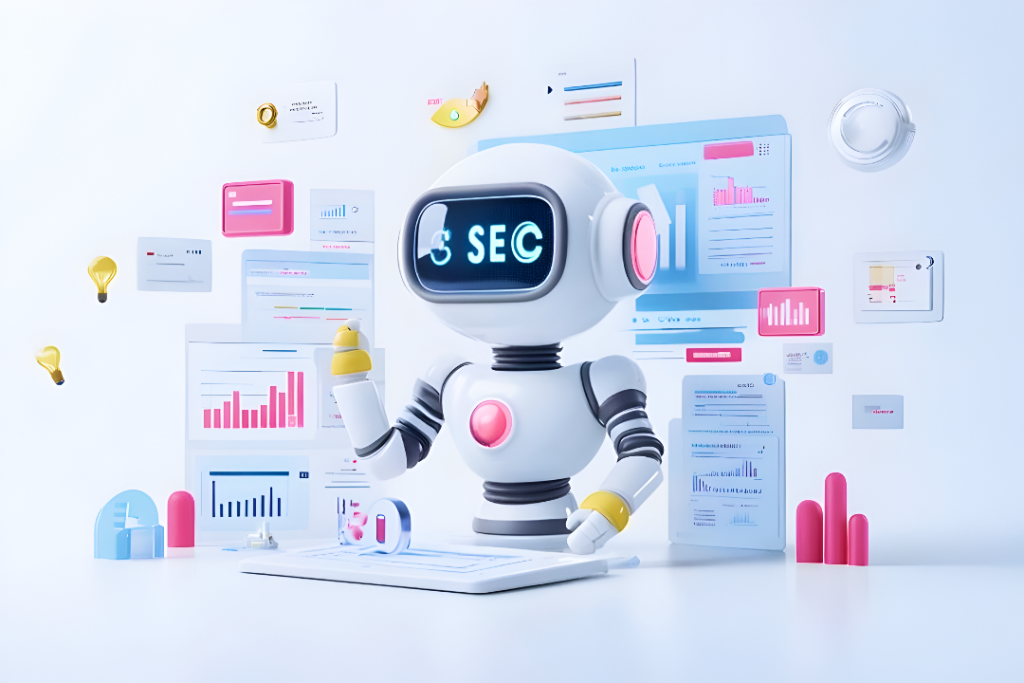
AI-Driven Chatbots vs Real Human Interaction: Finding the Balance in Customer Service
Table of Contents
The customer service industry has undergone a dramatic transformation in recent years. Businesses now have to choose between using AI-powered chatbots or maintaining traditional human support staff. The answer is not to choose one over the other, but to find the perfect balance between the two.
At Digicult Global Media, we’ve assisted many companies in putting into practice hybrid customer service models that preserve the priceless value of human connection while utilizing AI’s efficiency. Based on our experience, the most prosperous businesses view this as a collaboration where technology and people are complementary to one another rather than as a rivalry.
Recognizing the Advantages of AI Chatbots over Human Agents
What AI Chatbots Are Good At
- 24/7 Accessibility AI chatbots don’t take breaks, sleep, or vacation. They guarantee that clients always have access to support by offering prompt responses at 3 AM with the same efficiency as at 3 PM.
- Handling a High Volume Chatbots can manage thousands of conversations at once with ease. They ensure constant response times when human staff would be overworked during busy times or new product launches.
- Quick Responses to Common Questions By giving quick, precise responses to frequently requested queries like “Where’s my order?” and “What are your hours?” chatbots totally reduce wait periods.
- Economy of Cost Chatbots drastically lower operating costs once they are put into place. They respond to common questions for a fraction of the price of keeping a sizable human support staff.
- Information Gathering and Evaluation Each interaction gives your system useful information that can be used to pinpoint common problems, enhance offerings, and hone service tactics.
What Human Agents Are Good At
- Resolving Complicated Issues When challenges require creativity, critical thinking, or a knowledge of complicated situations, human agents are significantly more adept at traversing complexity than existing AI systems.
- The capacity for emotional intelligence The ability of humans to read between the lines, recognize frustration, exhibit genuine empathy, and adjust their approach in reaction to emotional cues is currently beyond the capabilities of AI.
- Building Relationships Sincere relationships create loyalty. Because they remember the helpful agent who went above and beyond, customers develop long-lasting positive associations with your brand.
- Handling Specific Situations Every organization encounters unusual circumstances that depart from regular operating processes. Human judgment is capable of adapting to changing conditions.
- De-escalation Techniques When clients become agitated, trained human workers employ de-escalation tactics to turn potentially unpleasant situations into positive ones.
When to Use Chatbots
Chatbots perform best in the following situations:
First Contact Filtering: Before sending to humans, let bots collect basic data.
Frequently Asked Questions: Simple, recurring inquiries concerning procedures, hours, or policies
Order tracking: status updates and tracking data
Account management: basic account adjustments, billing inquiries, and password resets
After-hours assistance: providing assistance in the absence of human teams
lead qualification: obtaining initial data from prospective clients
Appointment scheduling: scheduling appointments and managing calendars and booking confirmations
When to Introduce Humans
Human agents ought to manage:
- Complex Technical Issues: Issues that need to be investigated and troubleshooted
- Complaints and Escalations: Distressed clients require understanding and individualized care.
- High-Value Clients: VIP clients should receive individualized, human attention.
- Sensitive Issues: Personal data, account security, or privacy issues
- Sales Conversations: Human assistance is beneficial when making complex purchasing decisions.
- Comments and Advice: Compiling thorough consumer data
- Service Recovery: Restoring order after an error
The Best of Both Worlds with the Hybrid Model
The best customer service tactics combine AI and human assistance in a seamless manner. Successful businesses organize their hybrid approach as follows:
Tier 1: First Line AI
Chatbots manage first contact, respond to frequently asked questions, and compile pertinent data. About 60–70% of queries are filtered by this method without the need for human intervention.
Tier 2: Seamless Handoff
When addressed questions outside of their area of expertise, chatbots smoothly switch to human agents with full conversation context, saving clients from repeating themselves.
Tier 3: Human Expertise
With full access to customer history, high-value interactions, emotional situations, and complex issues receive committed human attention.
Continuous Improvement Loop
In order to develop AI responses over time, human agents find gaps in chatbot skills and provide feedback.
Performance Comparison: Key Metrics
| Metric | AI Chatbots | Human Agents |
| Average Response Time | Under 2 seconds | 2-5 minutes |
| Availability | 24/7/365 | Limited to business hours |
| Concurrent Conversations | Unlimited | 1-3 conversations |
| Customer Satisfaction (Simple Queries) | 85-90% | 88-92% |
| Customer Satisfaction (Complex Issues) | 60-70% | 85-95% |
| Cost Per Interaction | $0.05-0.50 | $5-15 |
| Resolution Rate (First Contact) | 65-75% | 75-85% |
Implementing Your Balanced Strategy: Practical Steps
Step 1: Assess your present interactions Examine your customer service statistics to identify which questions need to be answered by a human.Digicult Global Media suggests tracking at least three months of contacts to ensure accurate patterns.
Step 2: Define Clear Handoff Triggers Set specified parameters for chatbots to transition to people, for as when a customer wants assistance or after three failed resolution attempts.
- Customer requests human assistance
- Three failed resolution attempts
- Detection of negative sentiment
- High-value customer identification
- Complex technical terminology appears
Step 3: Train your chatbot Properly Invest in extensive training data that accurately matches your actual customer contacts, including variances in question wording.
Step 4: Strengthen Your Human Staff Give agents access to the full history of chatbot interactions and the power to resolve problems without further escalation.
Step 5: Keep an eye on and improve Assess client feedback, handoff rates, and chatbot performance on a regular basis. As your business expands, continuous development ensures that your balance remains optimal.
Making the Transition Smooth: Customer Communication
Transparency builds trust. When implementing chatbots:
- Clearly identify when customers are chatting with AI
- Offer easy access to human agents
- Set accurate expectations about what chatbots can and cannot do
- Gather feedback on the experience
- Continuously communicate improvements
The Digicult Global Media Approach
At Digicult Global Media, we’ve guided businesses through successful customer service transformations by focusing on customer-centric design. Our methodology emphasizes that technology should enhance, not replace, human connection.
We help organizations identify their unique balance point through:
- Comprehensive customer journey mapping
- AI capability assessment
- Custom chatbot development and training
- Human team optimization strategies
- Ongoing performance analytics
Our clients typically see 40% reduction in response times while simultaneously improving customer satisfaction scores by 15-25%.
Conclusion
The future is collaborative.The debate about AI chatbots vs human agents is fundamentally misframed. The challenge is not which is superior—it is how to coordinate both for optimal customer happiness and operational efficiency.
AI chatbots handle volume, respond quickly, and manage regular requests with astonishing efficiency. Long-term customer commitment is the outcome of human agents’ empathy, complex problem solving, and ability to build connections. When combined, they produce a customer service approach that is greater than the sum of its parts.
Businesses that view AI as a tool to enhance rather than replace their human workforce will prosper as technology develops. Start with what your customers want, utilize data to guide your implementation, and never forget the human factor that turns happy customers become brand evangelists.
Are you prepared to discover the ideal balance? Digicult Global Media specializes in creating customer service strategies that integrate state-of-the-art AI with real human connection, yielding outcomes that are critical to your business’s profitability as well as the experiences of your clients.





